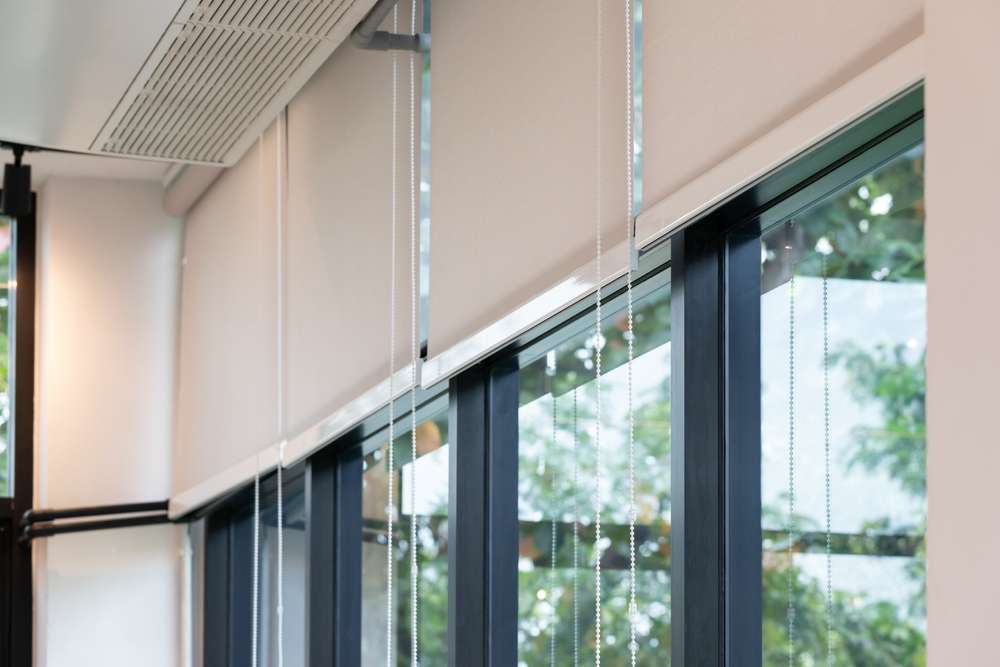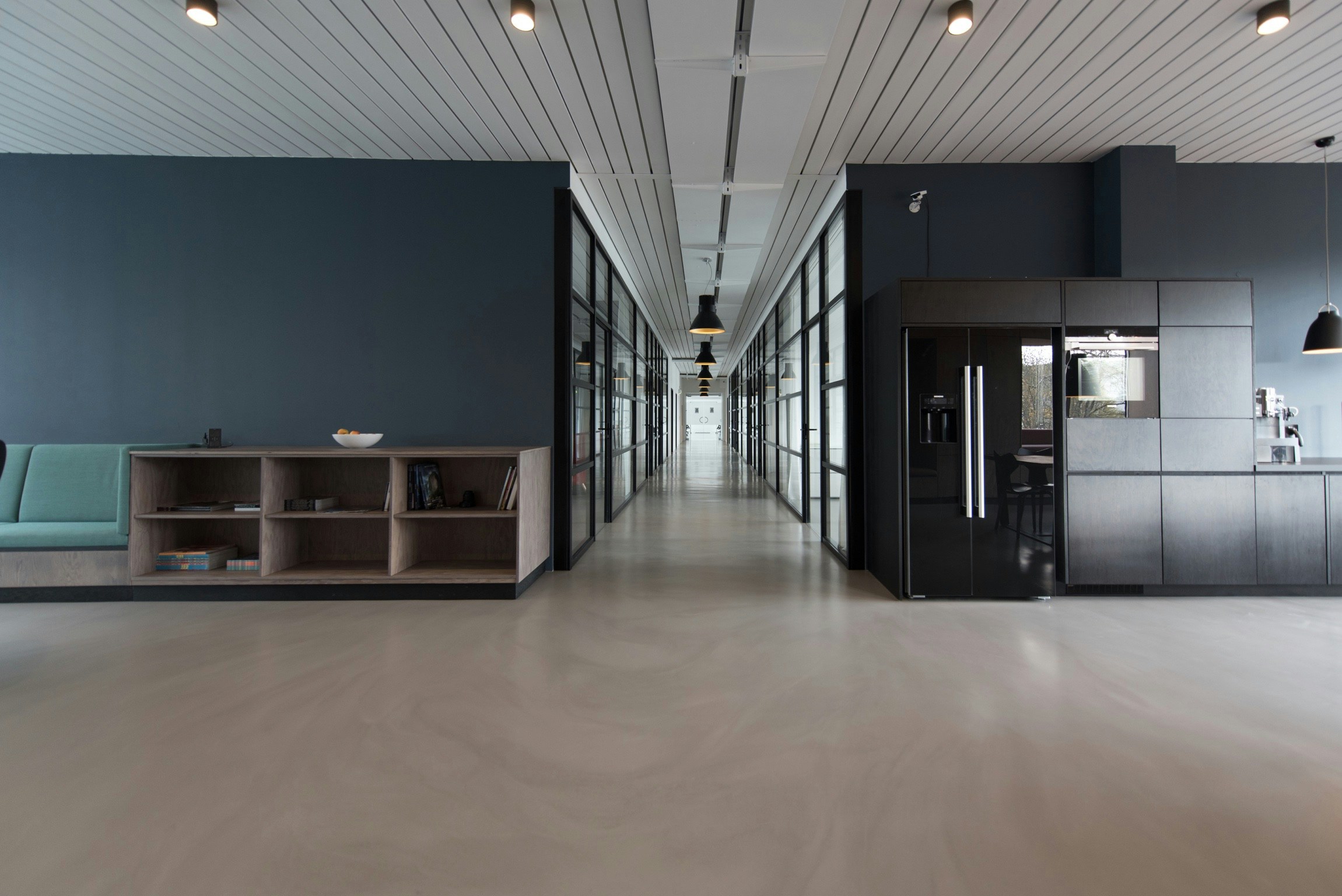The Value of Natural Light Indoors
Natural light has been an essential element in human living spaces for centuries. As we progress into 2025, the appreciation for natural light indoors continues to grow, driven by both scientific research and evolving architectural trends. Incorporating ample natural light into interior spaces not only enhances aesthetic appeal but also improves health, productivity, and sustainability. This article explores the multifaceted value of natural light indoors, highlighting its benefits and offering insights on how to maximize its presence in modern living and working environments.

Health Benefits of Natural Light
One of the most compelling reasons to prioritize natural light indoors is its profound impact on human health. Exposure to natural light helps regulate the body’s circadian rhythm, which is the internal clock that governs sleep-wake cycles. Proper circadian alignment is essential for quality sleep, mood stabilization, and overall well-being.
Studies have shown that individuals who spend more time in naturally lit environments tend to experience less stress and lower rates of depression. Sunlight stimulates the production of serotonin, a neurotransmitter that promotes feelings of happiness and calm. In contrast, insufficient exposure to natural light can lead to Seasonal Affective Disorder (SAD), a form of depression that typically occurs during darker months.
Furthermore, natural light is a vital source of Vitamin D, which plays a crucial role in bone health, immune function, and inflammation reduction. While direct sunlight exposure should be balanced with skin protection considerations, having ample natural light indoors encourages people to spend more time near windows or in sunlit rooms, indirectly promoting Vitamin D synthesis.
Enhancing Productivity and Cognitive Function
Beyond health, natural light has a significant influence on productivity and cognitive performance. In workplaces, schools, and home offices, well-lit environments with abundant daylight have been linked to improved concentration, faster learning, and higher overall output.
A 2025 meta-analysis of workplace studies confirmed that employees in naturally lit offices reported greater job satisfaction and demonstrated better task performance compared to those in artificially lit spaces. Natural light reduces eye strain and fatigue, which are common complaints in environments relying heavily on artificial lighting. By mimicking the dynamic qualities of sunlight—including changes in intensity and color temperature throughout the day—natural light helps maintain alertness and focus.
In educational settings, students benefit from classrooms with generous natural lighting, showing enhanced engagement and retention of information. The positive effects on mental acuity and motivation underscore the importance of designing schools with large windows, skylights, and strategic building orientation to maximize daylight exposure.
Energy Efficiency and Environmental Impact
Natural light also plays a critical role in sustainable building design and energy efficiency. Utilizing daylight reduces the need for electric lighting during daytime hours, thereby lowering energy consumption and associated greenhouse gas emissions.
In 2025, advancements in architectural technology have made it easier than ever to harness natural light effectively without compromising thermal comfort. Innovations such as smart glass, light shelves, and reflective surfaces enable buildings to capture and diffuse sunlight deeper into interior spaces while minimizing heat gain during hot seasons.
Incorporating natural light aligns with global efforts to reduce carbon footprints and meet green building certifications such as LEED (Leadership in Energy and Environmental Design). By decreasing reliance on artificial lighting, occupants not only save on energy bills but also contribute to broader environmental sustainability goals.
Moreover, natural lighting can be integrated with solar energy systems to create hybrid solutions that optimize building performance. For example, daylight-responsive lighting controls can adjust artificial lighting levels based on real-time natural light availability, maximizing energy savings.
Practical Tips for Maximizing Natural Light Indoors
To fully reap the benefits of natural light, thoughtful design and interior planning are essential. Here are some practical strategies for enhancing daylight indoors:
- Window Placement and Size: Prioritize large, well-placed windows on southern or northern façades (depending on hemisphere) to capture consistent sunlight. Avoid blocking windows with heavy curtains or furniture.
- Use of Skylights and Light Tubes: These architectural features bring daylight into areas that typically lack windows, such as hallways or interior rooms.
- Reflective Surfaces and Light Colors: Light-colored walls, ceilings, and floors reflect sunlight further into the room, amplifying brightness without glare.
- Open Floor Plans: Reducing interior walls allows natural light to penetrate deeper into living or working spaces.
- Smart Window Treatments: Automated blinds or shades can control glare and heat while maintaining daylight access.
Conclusion
The value of natural light indoors extends far beyond mere illumination. In 2025, as we continue to prioritize health, productivity, and environmental stewardship, natural light stands out as a vital resource in building design and daily life. By embracing natural light, we create spaces that nurture well-being, enhance performance, and reduce ecological impact. Whether in homes, offices, or schools, integrating natural light should be a fundamental consideration for architects, designers, and occupants alike, ensuring brighter and healthier environments for generations to come.
Disclaimer: All content, including text, graphics, images and information, contained on or available through this web site is for general information purposes only. The information and materials contained in these pages and the terms, conditions and descriptions that appear, are subject to change without notice.




